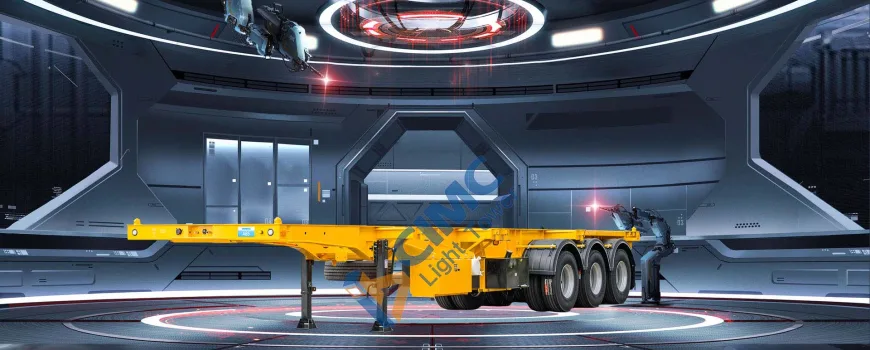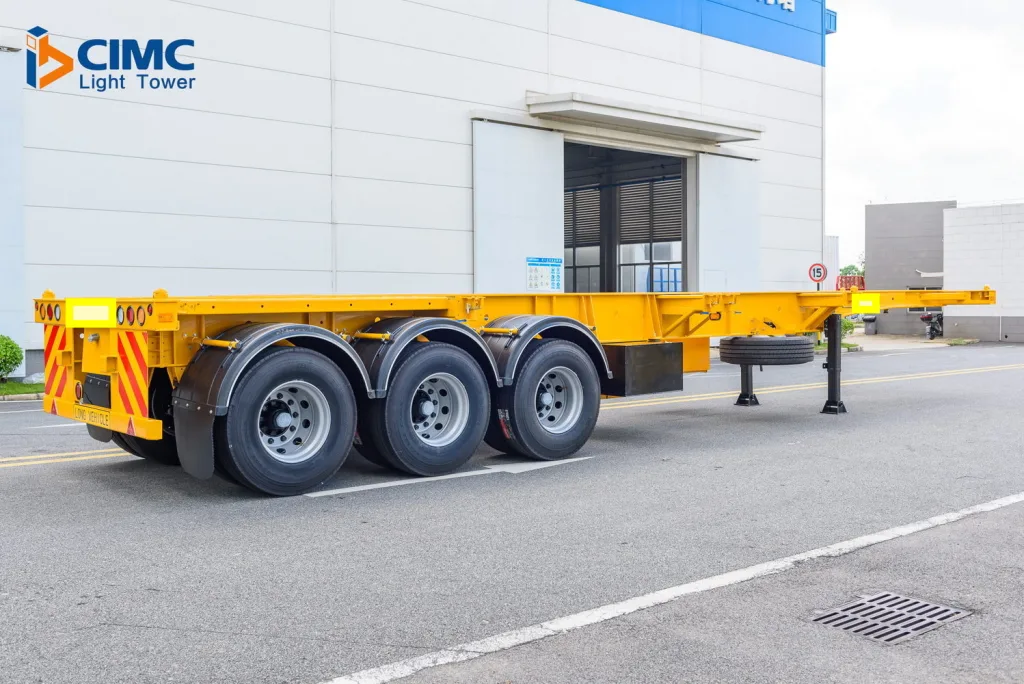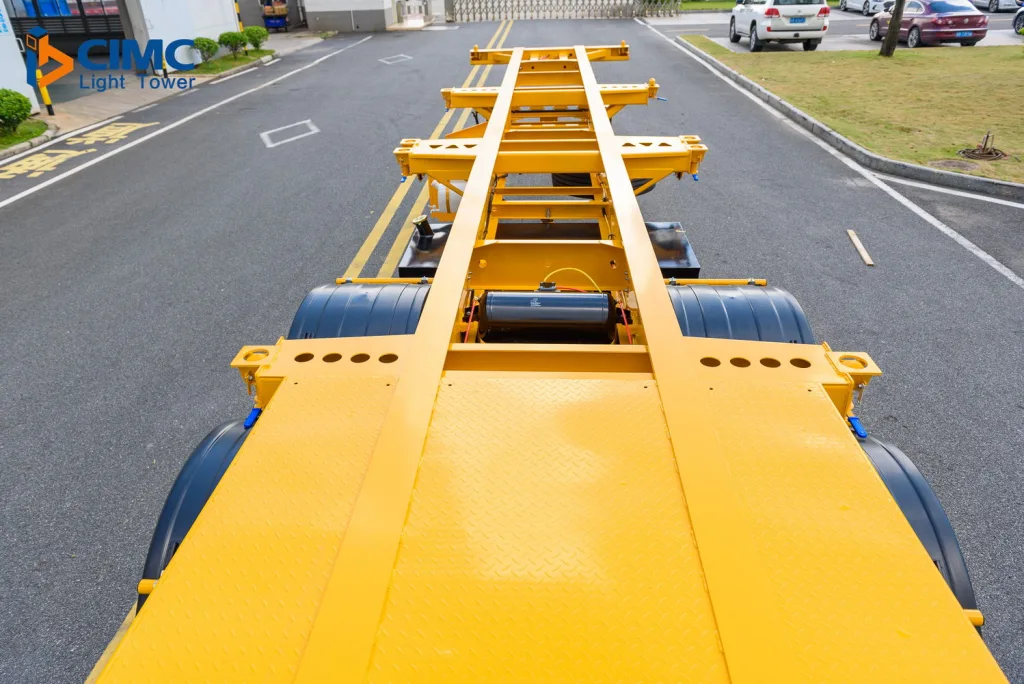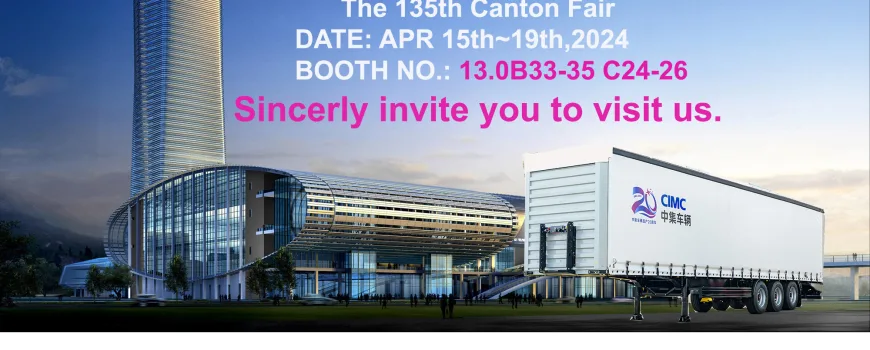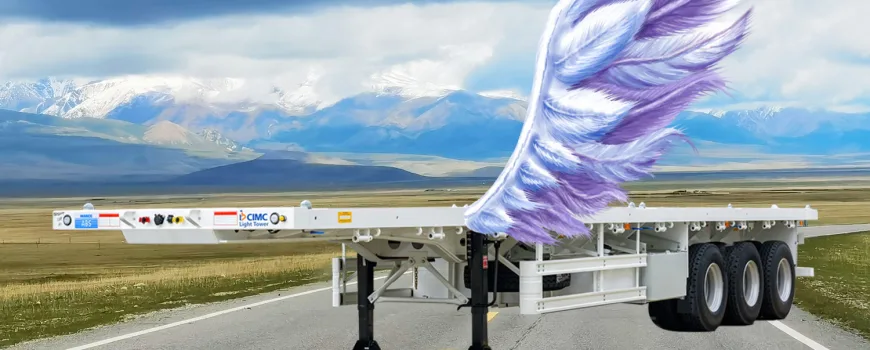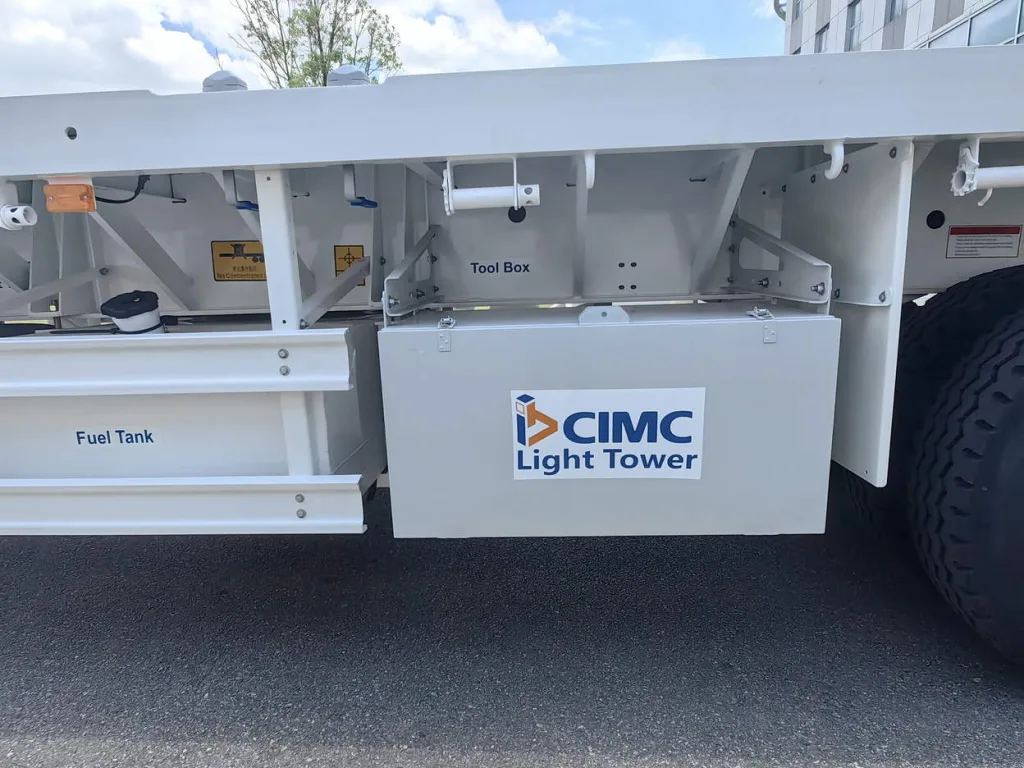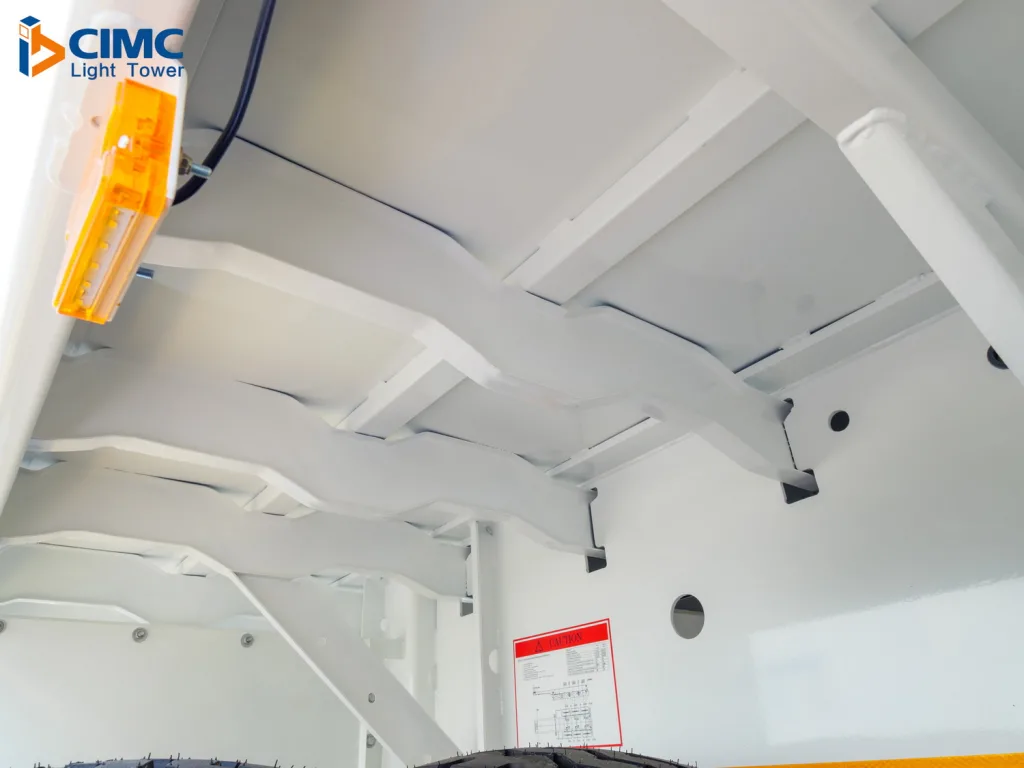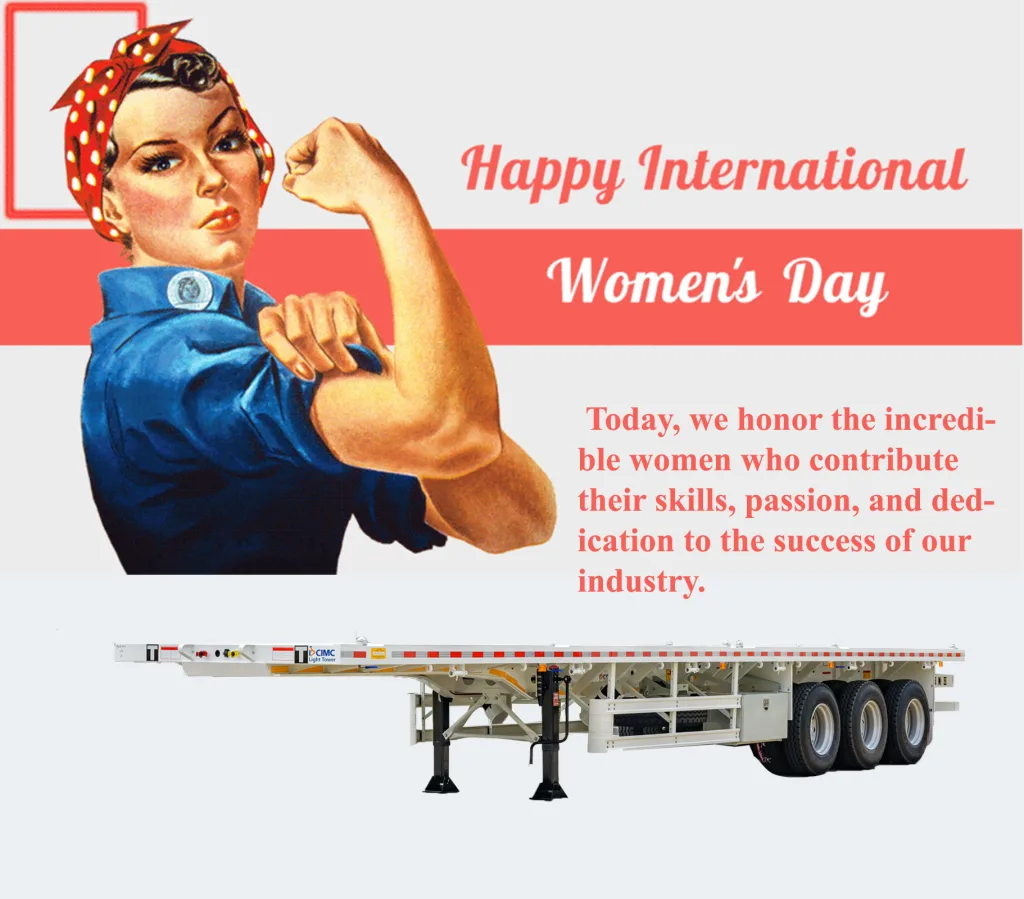Semi-trailers play a crucial role in the transportation industry, ensuring the efficient movement of goods across vast distances. To maximize their lifespan and maintain optimal performance, regular maintenance is essential. In this article, we will explore some key maintenance tips to help ensure your semi-trailer remains in top condition for the long haul.
1. Inspect and Maintain Tires:
Proper tire maintenance is vital for the overall performance and safety of a semi-trailer. Regularly check tire pressure, and ensure it meets the manufacturer's recommendations. Inspect tires for signs of wear, cuts, or bulges, and rotate them regularly to promote even wear. This practice not only extends tire life but also enhances fuel efficiency.
2. Keep the Brakes in Top Shape:
Brake systems are critical for the safety of the driver and the cargo. Regularly inspect brake components, including pads, rotors, and chambers. Ensure that brake adjustments are within the recommended specifications. Address any issues promptly to prevent more extensive and costly repairs down the road.
3. Routine Lubrication:
Proper lubrication of essential components, such as wheel bearings, landing gear, and suspension systems, is crucial to prevent excessive wear and tear. Regularly grease moving parts according to the manufacturer's guidelines to reduce friction and ensure smooth operation.
4. Check Electrical Systems:
A well-maintained electrical system is vital for the proper functioning of lighting, signals, and other crucial components. Regularly inspect the wiring, connectors, and lights. Address any electrical issues promptly to maintain visibility and comply with safety regulations.
5. Examine Suspension System:
The suspension system plays a key role in ensuring a smooth ride and protecting the cargo. Regularly inspect the suspension components, including springs, bushings, and shock absorbers. Address any issues promptly to prevent further damage and ensure the safety of the trailer and its contents.
6. Monitor Trailer Flooring:
The condition of the trailer floor is often overlooked but is critical for the safe transportation of goods. Regularly inspect the flooring for any signs of damage, such as cracks or soft spots. Ensure that the floor is clean and free of debris to prevent corrosion and deterioration.
7. Keep the Trailer Clean:
Regular cleaning is more than just an aesthetic consideration. It helps prevent corrosion and rust, especially in regions with harsh weather conditions or exposure to corrosive materials. Clean the exterior regularly, paying attention to vulnerable areas such as the undercarriage.
8. Regular Inspections:
Schedule routine inspections, and address any issues promptly. Professional inspections can help identify potential problems before they escalate, reducing downtime and costly repairs.
Maintaining a semi-trailer is not just about fixing issues when they arise; it's about proactive care to ensure consistent, long-lasting performance. By following these maintenance tips, you can extend the life of your semi-trailer, improve safety on the road, and ultimately save on repair costs in the long run. Regular attention to these details will contribute to a reliable and efficient transportation operation.

